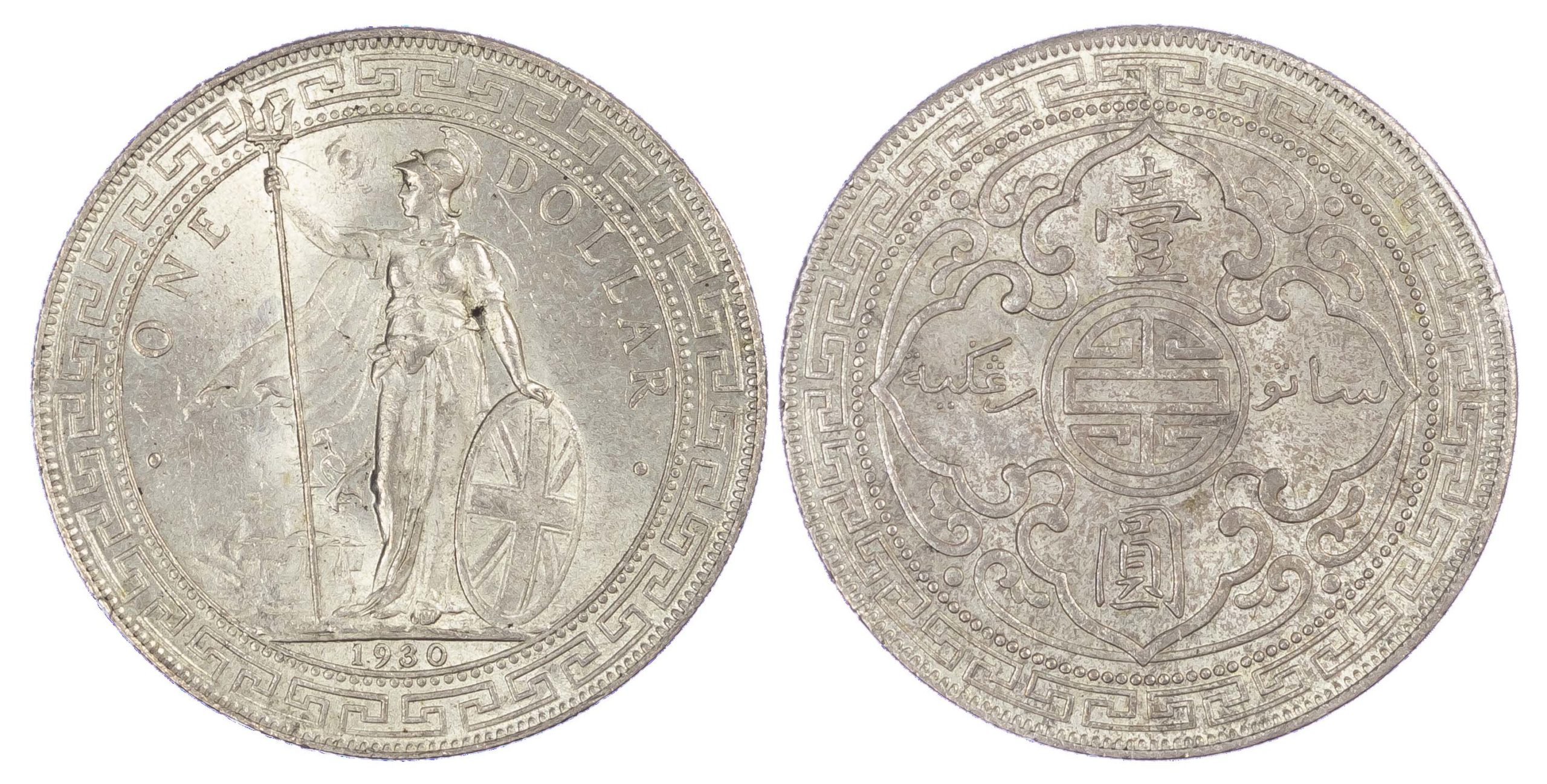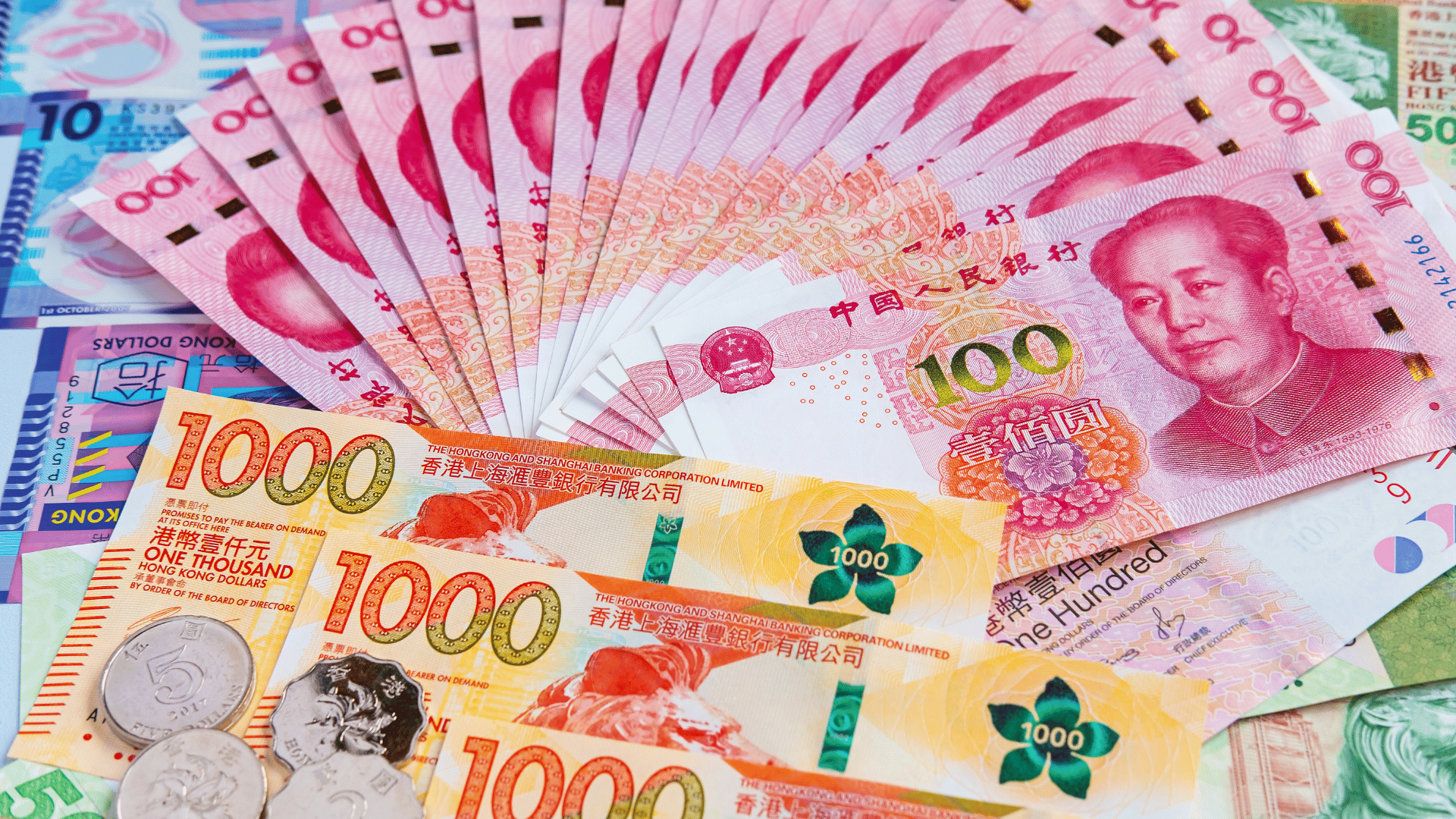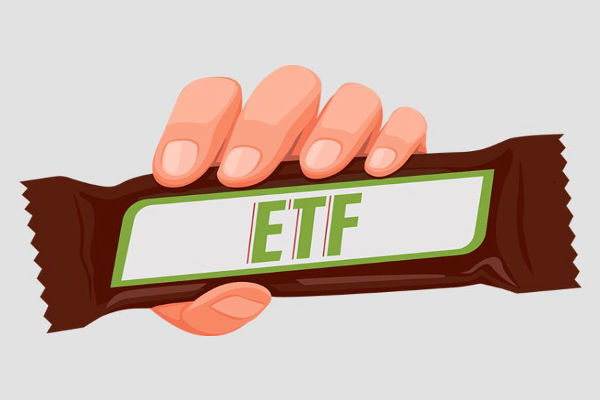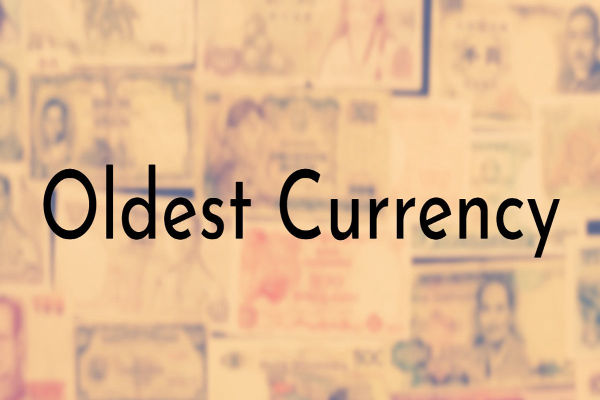The Hong Kong dollar is more than just a unit of currency. It represents a rich legacy of trade, colonial history, and economic resilience that has shaped the financial identity of Hong Kong.
From its early beginnings in the 19th century to its current status as one of the world's most traded currencies, the journey of the Hong Kong dollar is a fascinating tale of adaptability and strength.
Origins in the Silver Standard

The roots of the Hong Kong dollar trace back to the mid-1800s, when silver coins were the predominant medium of exchange. During the British colonial period, silver Spanish dollars were widely circulated in Hong Kong due to their popularity across Asia. In 1863, the British introduced the first official Hong Kong coinage, but it failed to gain traction as the local population continued to prefer silver-based foreign coins.
It wasn't until 1935 that the colonial government formally introduced the Hong Kong dollar as a distinct currency, abandoning the silver standard in favour of a pegged system. This marked the start of a more structured monetary framework that would evolve in the decades to follow.
Wartime Interruptions and Post-War Rebuilding
World War II brought disruption to the Hong Kong economy. During the Japanese occupation from 1941 to 1945, the Japanese military yen replaced the Hong Kong dollar. Following liberation, the pre-war currency was reinstated, and efforts to rebuild the financial system were set in motion.
The post-war era saw a re-establishment of trust in the Hong Kong dollar, supported by a strengthening banking system and an influx of trade activity. It was during this time that Hong Kong began to cement its role as a financial hub in the region.
The Currency Peg and Monetary Reform
One of the most defining moments in the journey of the Hong Kong dollar came in 1983, when the currency faced a severe crisis of confidence. Amid political uncertainty over Hong Kong's future sovereignty, the value of the Hong Kong dollar plummeted. To restore stability, the Hong Kong government introduced a fixed exchange rate system, pegging the currency to the US dollar at a rate of HK$7.80 to US$1.
This peg, maintained through the Currency Board system, provided a clear and transparent monetary anchor. Under this system, every unit of Hong Kong dollar issued must be backed by equivalent foreign reserves, primarily in US dollars. This approach instilled confidence in investors and citizens alike, allowing Hong Kong to retain monetary independence even after the 1997 handover to China.
The Role of the Hong Kong Monetary Authority
The Hong Kong Monetary Authority (HKMA), established in 1993, plays a central role in maintaining the stability of the Hong Kong dollar. It manages monetary policy, oversees the peg, and ensures the robustness of the financial system.
Thanks to the HKMA's prudent policies, the Hong Kong dollar has remained remarkably stable despite regional and global crises, including the Asian Financial Crisis in 1997, the Global Financial Crisis in 2008, and recent economic pressures stemming from the COVID-19 pandemic.
Coexistence with the Chinese Yuan

Since 1997, the political and economic relationship between Hong Kong and mainland China has become more intertwined. Despite this integration, the Hong Kong dollar has continued to operate independently from the Chinese yuan (CNY), with separate monetary policies and capital controls.
This unique dual-currency system has positioned Hong Kong as a bridge between East and West, allowing global investors to access mainland markets while enjoying the transparency and openness of Hong Kong's financial system.
International Recognition and Usage
The Hong Kong dollar is the ninth most traded currency in the world. Its popularity stems from Hong Kong's role as a global financial centre, especially in areas such as trade finance, foreign exchange, and investment banking. The currency is widely accepted in southern China, and it plays a key role in offshore yuan trading activities conducted through Hong Kong.
In addition, the Hong Kong dollar is often seen as a safe haven currency in Asia, given the city's strong regulatory framework, fiscal discipline, and reserve-backed monetary system.
Challenges and the Road Ahead
Despite its strengths, the Hong Kong dollar faces ongoing challenges. Questions around the long-term sustainability of the currency peg persist, especially during periods of significant capital outflows or interest rate divergence between the US and Hong Kong. Furthermore, geopolitical developments and evolving financial regulations continue to shape the currency's outlook.
However, the resilience of the Hong Kong dollar should not be underestimated. Its ability to weather economic storms and adapt to changing political landscapes is a testament to the strength of Hong Kong's financial infrastructure.
Why the Hong Kong Dollar Still Matters
For traders, investors, and businesses, the Hong Kong dollar remains a crucial currency in global markets. It offers a unique blend of stability, liquidity, and access to mainland China, making it a vital tool for anyone involved in the Asia-Pacific region.
Its pegged nature offers predictability, while the HKMA's strict monetary discipline ensures that speculative attacks are rare and typically short-lived. As the world continues to shift towards digital assets and central bank digital currencies, Hong Kong's adaptability may once again position the Hong Kong dollar at the forefront of financial innovation.
Conclusion
The Hong Kong dollar has travelled a long and remarkable road. From its silver coinage origins to its status as a globally recognised, stable, and strategically important currency, it represents both the history and the future of Hong Kong.
In a rapidly changing financial landscape, the Hong Kong dollar remains a powerful symbol of trust and reliability.
Disclaimer: This material is for general information purposes only and is not intended as (and should not be considered to be) financial, investment or other advice on which reliance should be placed. No opinion given in the material constitutes a recommendation by EBC or the author that any particular investment, security, transaction or investment strategy is suitable for any specific person.








